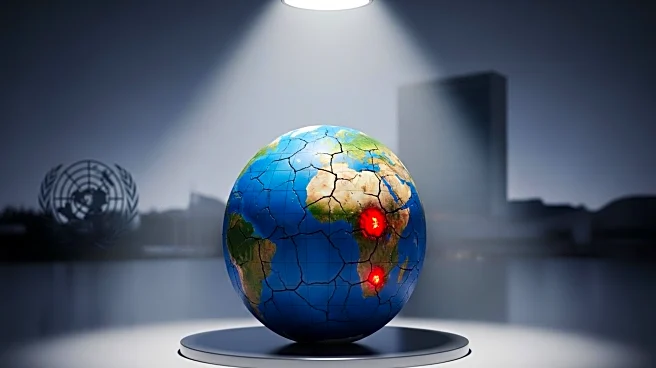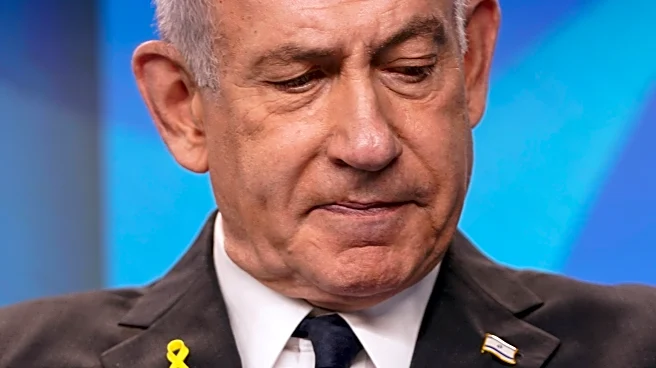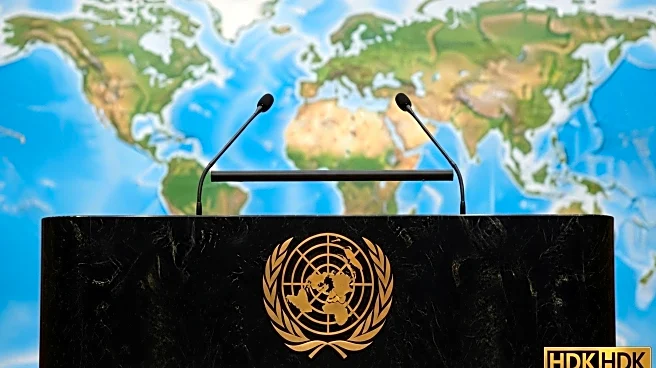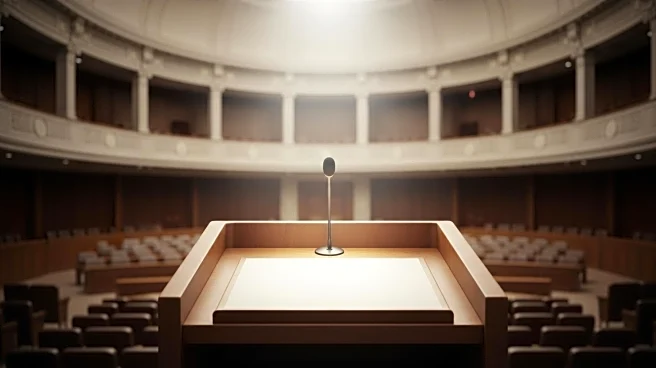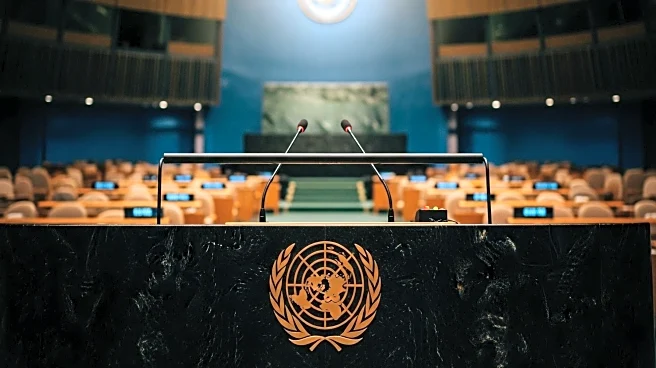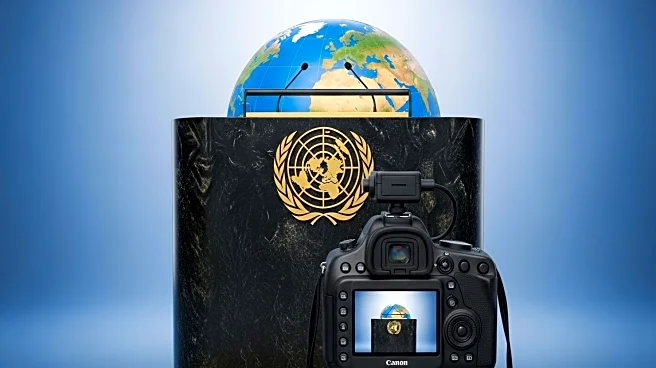What's Happening?
A coalition of politicians, scientists, and academics has launched the Global Call for AI Red Lines at the United Nations General Assembly. The initiative seeks to establish broad guardrails to prevent universally unacceptable risks associated with AI deployment. The proposal has garnered over 200 signatures from industry experts, political leaders, and Nobel Prize winners, including former Presidents Mary Robinson and Juan Manuel Santos. The call aims to have these red lines established by the end of 2026, focusing on prohibitions against AI controlling nuclear weapons and mass surveillance. The group advocates for a global agreement built on clear prohibitions, robust verification mechanisms, and an independent oversight body.
Why It's Important?
The Global Call for AI Red Lines underscores the urgent need for international cooperation in regulating AI to prevent potential harms. Establishing clear boundaries for AI use is crucial to safeguarding against risks such as nuclear weapon control and invasive surveillance. The initiative highlights the challenges in achieving consensus among nations with varying interests and priorities. The involvement of prominent figures and experts lends credibility to the call, emphasizing the importance of addressing AI's ethical and safety concerns. Successful implementation could set a precedent for responsible AI governance, influencing global policies and practices.
What's Next?
Countries are encouraged to host summits and working groups to negotiate the specifics of the AI red lines. The United States, which has committed to not allowing AI to control nuclear weapons, may play a pivotal role in shaping the agreement. However, differing views on AI's use in surveillance could complicate discussions. The goal is to finalize the red lines by 2026, requiring ongoing dialogue and collaboration among international stakeholders. The initiative's success will depend on balancing competing motives and achieving a unified approach to AI regulation.


